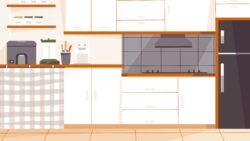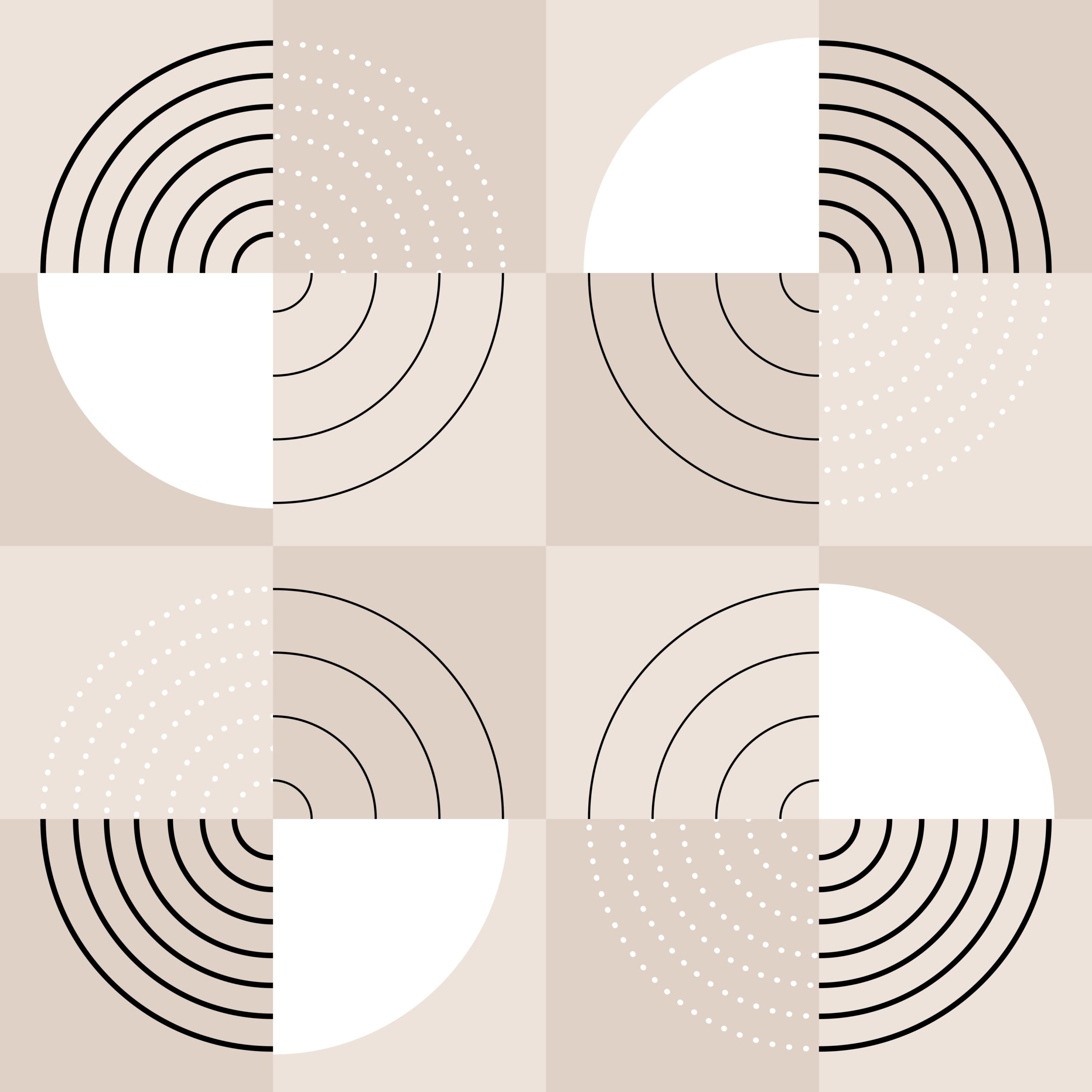 Running A Blog
Running A Blog I can’t update my blog every day. It’s painful. What should I do?
Managing a blog can indeed be challenging, especially if you're trying to update it daily. Here are some strategies to m...
 Running A Blog
Running A Blog  Rap/Vocals
Rap/Vocals  Beat Selling Site
Beat Selling Site  Beatmaker Mindset
Beatmaker Mindset  Beat Selling Site
Beat Selling Site  Utilizing AI
Utilizing AI ![[Emotional Hiphop Beat] Monochrome Love (Lofi Mix) - Genx Beats 7 cover 24 scaled](https://genxnotes.com/wp-content/uploads/2022/09/cover-24-scaled.jpg) Emotional Hiphop Beats
Emotional Hiphop Beats ![[Emotional Hiphop Beat] Autumn Whispers - Genx Beats 8 autumnwhispers](https://genxnotes.com/wp-content/uploads/2023/10/autumnwhispers-250x141.jpg) Emotional Hiphop Beats
Emotional Hiphop Beats  Mindset for Rappers
Mindset for Rappers  AI Music
AI Music  AI Music
AI Music  Beatmaker Mindset
Beatmaker Mindset  Beat Marketing
Beat Marketing  Beatmaking Tips
Beatmaking Tips  Beat Marketing
Beat Marketing  Beat Marketing
Beat Marketing  Beat Marketing
Beat Marketing  Beat Marketing
Beat Marketing  Beatmaking Tips
Beatmaking Tips  Beatmaker Mindset
Beatmaker Mindset  Rap/Vocals
Rap/Vocals  Marketing For Rappers
Marketing For Rappers  Rap/Vocals
Rap/Vocals  Rap/Vocals
Rap/Vocals  Rap/Vocals
Rap/Vocals  Utilizing AI
Utilizing AI  Rap/Vocals
Rap/Vocals  Rap/Vocals
Rap/Vocals  Marketing For Rappers
Marketing For Rappers  Rap/Vocals
Rap/Vocals ![[Emotional Hiphop Beat] Always - Genx Beats 31 Always scaled 1](https://genxnotes.com/wp-content/uploads/2022/08/Always-scaled-1.jpeg) Emotional Hiphop Beats
Emotional Hiphop Beats ![[Dark Hiphop Beat] Up And Down (Fast Spin Mix) - Genx Beats 32 cover scaled](https://genxnotes.com/wp-content/uploads/2022/10/cover-scaled.jpg) Dark Hiphop Beats
Dark Hiphop Beats ![[Dark Hiphop Beat] Jazzy Smooth – Genx Beats 33 getty images sJgb5elhXWw unsplash](https://genxnotes.com/wp-content/uploads/2024/12/getty-images-sJgb5elhXWw-unsplash-250x141.jpg) AI-Assisted Boombap Hiphop Beats
AI-Assisted Boombap Hiphop Beats ![[Boombap Hiphop Beat] Back, Back, Back To The Old School Original Mix - Genx Beats 34 Back Back Back To The Old School scaled](https://genxnotes.com/wp-content/uploads/2022/09/Back-Back-Back-To-The-Old-School-scaled.jpeg) Boombap Hiphop Beats
Boombap Hiphop Beats ![[Emotional Hiphop Beat] Sakura - Genx Beats 35 Sakura scaled](https://genxnotes.com/wp-content/uploads/2022/09/Sakura-scaled.jpeg) Emotional Hiphop Beats
Emotional Hiphop Beats ![[Happy Hiphop Beat] Happy Mood – Genx Beats 36 monika verma 2NY22MyiBYU unsplash](https://genxnotes.com/wp-content/uploads/2025/02/monika-verma-2NY22MyiBYU-unsplash-250x141.jpg) AI-Assisted Happy Hiphop Beats
AI-Assisted Happy Hiphop Beats ![[Emotional Hiphop Beat] Special Place - Genx Beats 37 Special Place scaled](https://genxnotes.com/wp-content/uploads/2022/09/Special-Place-scaled.jpeg) Emotional Hiphop Beats
Emotional Hiphop Beats ![[Boombap Hiphop Beat] Smooth Ride – Genx Beats 38 getty images DbI QjxtUME unsplash](https://genxnotes.com/wp-content/uploads/2024/12/getty-images-DbI_QjxtUME-unsplash-250x141.jpg) AI-Assisted Boombap Hiphop Beats
AI-Assisted Boombap Hiphop Beats ![[Emotional Hiphop Beat] Friendship - Genx Beats 39 Friendship scaled](https://genxnotes.com/wp-content/uploads/2022/09/Friendship-scaled.jpeg) Emotional Hiphop Beats
Emotional Hiphop Beats ![[Emotional Hiphop Beat] Monochrome Love (Lofi Mix) - Genx Beats 40 cover 24 scaled](https://genxnotes.com/wp-content/uploads/2022/09/cover-24-scaled.jpg) Emotional Hiphop Beats
Emotional Hiphop Beats